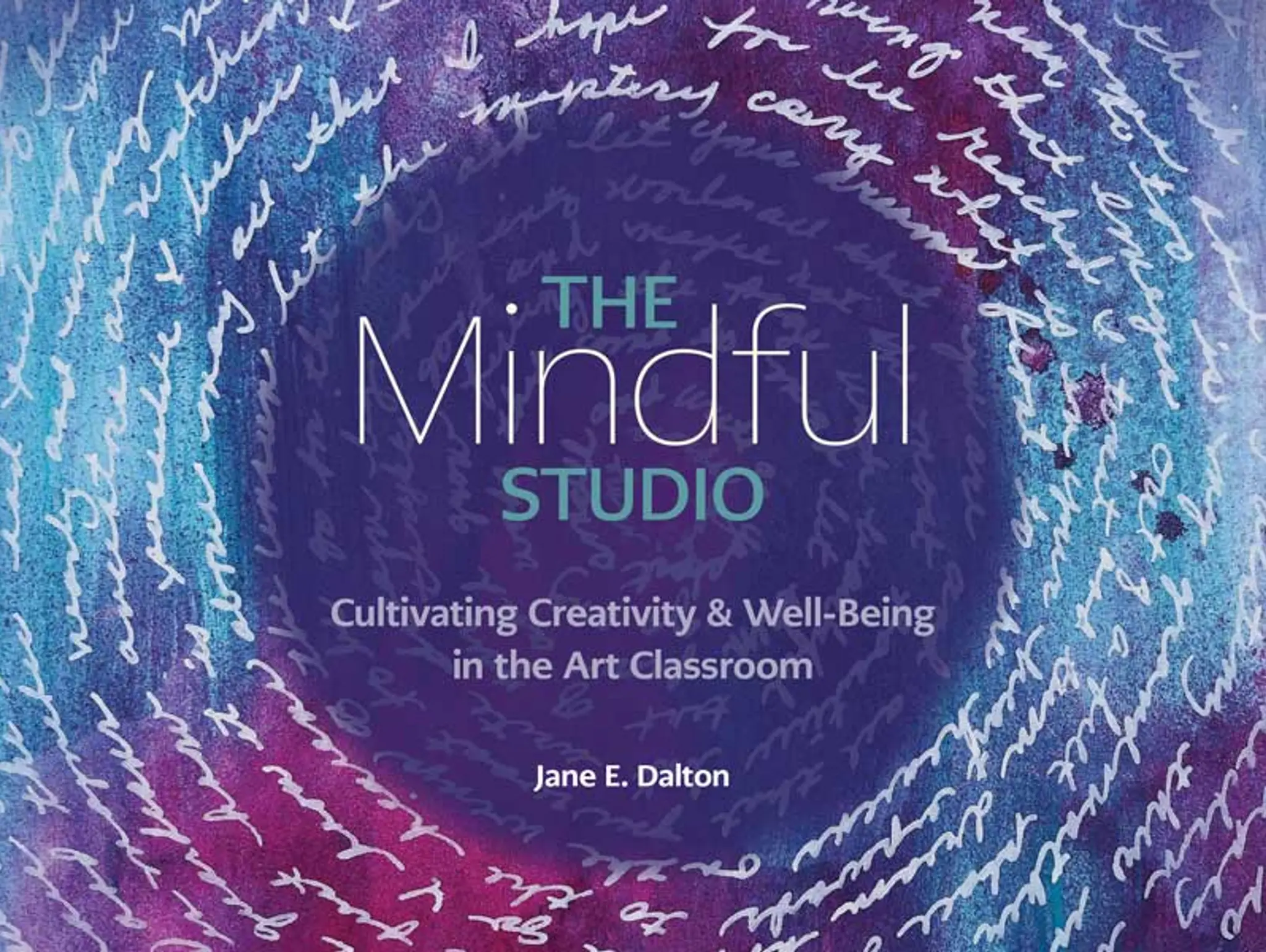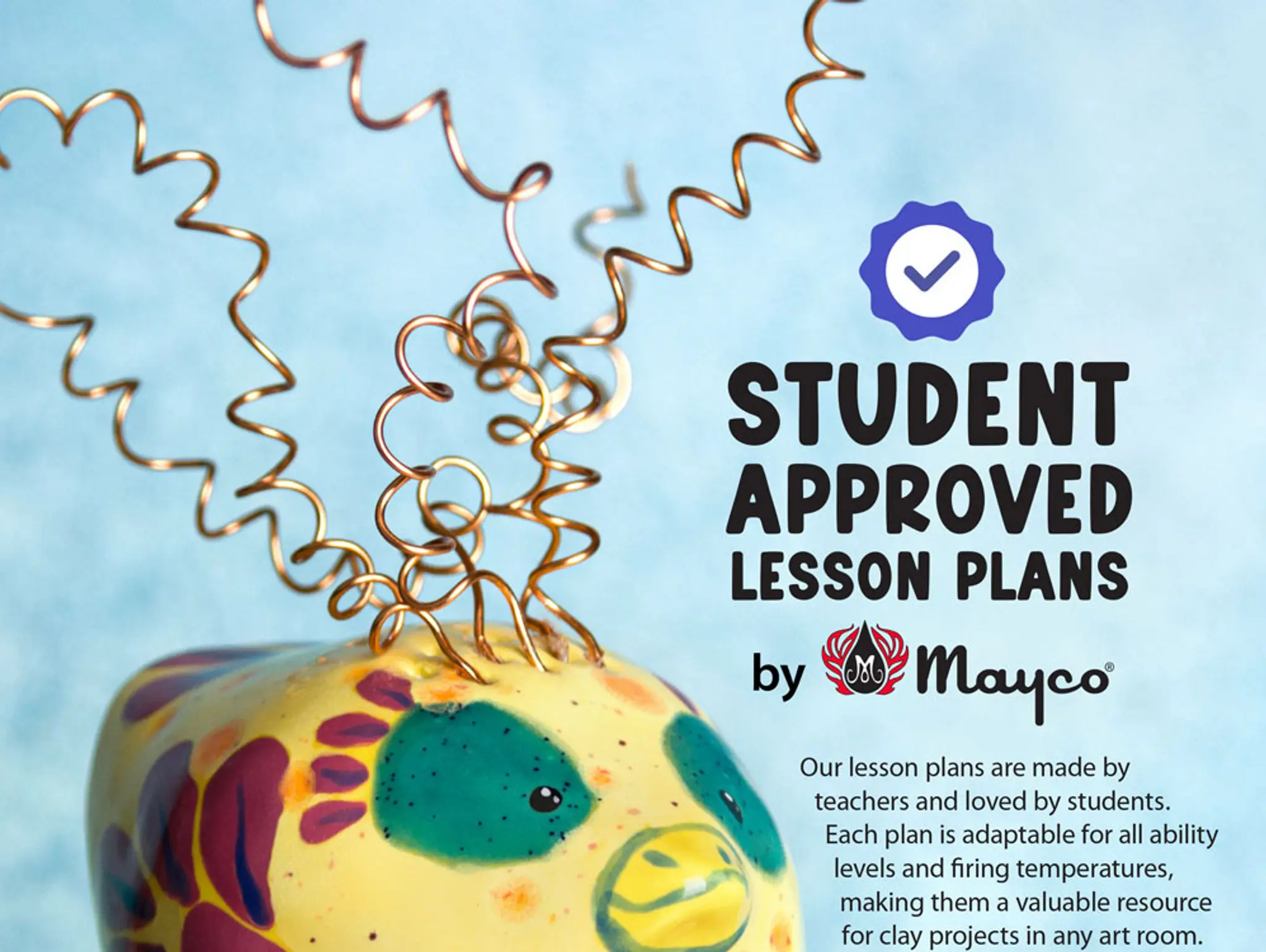- All Categories
Grade Level
Early Childhood
Elementary
Middle School
High School
K-12
Area of Interest
Choice-Based
Contemporary Art
Media Arts
Advocacy
Interdisciplinary Connections
Assessment
Adaptive Art
Careers
Classroom Practice
Critique/Discussion
Equity, Diversity, and Inclusion
Ideation
Managing The Art Room
Meeting Individual Needs
Professional Development
Social Emotional Learning
STEAM
Therapeutic Practices
Theme
Collaboration
Celebration
Communication
Community
Design
Emotions
History
Humor
Identity
Imagination
Language
Messages
Mindfulness
Nature
Observation
Place
Play
Stories
Sustainability
Transformation
Art Form
Media Arts
Altered Book
Animation
Assemblage
Ceramics
Collage
Comic Art
Drawing
Environmental Art
Fashion Design
Graphic Design
Installation
Jewelry Making
Media Arts
Murals
Painting
Performance Art
Photography
Printmaking
Sculpture
Street/Public Art
Zines
Media
Mixed-Media
Cardboard
Charcoal
Clay
Colored Pencils
Crayons
Digital
Graphite
Found Objects
Ink
Markers
Metals
Natural Objects
Paint
Paper
Papier Maché
Pastels
Recycled Objects
Sketchbook / Visual Journal
Tape
Textiles
Wood

Throughout The Mindful Studio, you will discover centering practices to begin creative endeavors, mindfulness-based visual arts lessons with reflection questions, and lesson extensions to explore mindfulness in a variety of art modalities. Visit DavisArt.com/MindfulStudio to learn more!

Layered clay slab artworks inspired by Louise Nevelson.

Mayco Colors has been helping art educators inspire creativity in the classroom since 1954. We provide high-quality ceramic products, along with ready-to-use lesson plans and educational resources designed specifically for the classroom.

Kiln calibration is crucial for educators to ensure consistent and reliable firings in the classroom. This guide focuses on the importance of calibration, highlighting benefits like improved glaze results and fewer ruined pieces. Learn how to use pyrometric witness cones and measure heat work accurately to optimize kiln performance.

Elementary students learn fundamental art concepts through experimental abstract designs inspired by Jackson Pollock.

A tuition-free mentorship supports high-school students with hands-on workshops and experiences that open doors to careers in theatrical design.

An art teacher inspires a second-grade student to turn perceived mistakes into something new, creating a ripple effect of joy in the art room.

Jane E. Dalton, professor and author, guides students through mindful walking and careful observation to create radial designs in nature.

Frank Juárez, SchoolArts editor-in-chief, discusses how moments of reflection remind us to slow down, be present, and rediscover joy in the process of making.

Elementary students examine patterns on handwoven textiles from India, then weave with paper strips, incorporating motifs for patterned designs.

Young students apply self- and social-awareness concepts by identifying, depicting, and responding to the emotions they see on their classmates’ faces.

High-school students practice patient observation, hand-eye coordination, empathy, and shared learning through blind contour drawing.